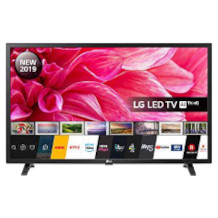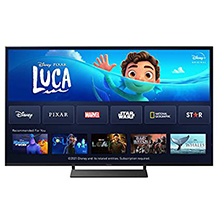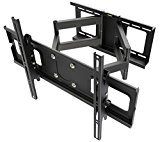50-inch TV purchasing advice: how to choose the right product
- The most important facts in brief
- 50-inch TVs have a screen diagonal of around 127 centimetres.
- When buying, consumers should pay particular attention to price, features, resolution and screen technology.
- In addition to classic LED sets, exclusive OLED TVs are also available.
50-inch TV: cinema in the living room
On a 50-inch TV, your favourite film becomes an unforgettable experience. The large screen allows for fascinating detail and creates a cinema-like atmosphere in the living room. These large TVs make ideal family TVs in the living room and are particularly popular with film and series fans.
Film enjoyment with a cinema feeling in your own living room
The whole family gathers on the living room couch and looks forward to the latest Disney film, which is shown to its best advantage on the new 50-inch TV. With a screen size of 50 inches (about 127 centimetres), these sets are the optimal family TVs because they offer a sufficiently large screen size. This means that several people can watch a programme or a film at the same time and every viewer can enjoy a large and detailed TV picture.

Although the 50-inch TV has a large screen, it still takes up much less space compared to the TV giants from 60 inches upwards. In addition, it is usually cheaper than larger models and is ideally suited for different areas of application. Classic TV programmes are not the only possible use for 50-inch TVs – the mostly smart 50-inch TVs are also ideal for gaming fans, streaming films or surfing the internet.
The different variants
The large variety of models overwhelms many prospective buyers. That’s why it makes sense to take a look at the different variants beforehand. In addition to classic LED TVs, OLED models with significantly higher picture quality are also available. Classic LED TVs are significantly cheaper than OLED models, but cannot quite match the picture quality offered here. There are also QLED TVs from the supplier Samsung, which are, however, somewhat smaller at 49 inches.
OLED – the high-end variant
Because of the excellent picture quality, OLED models are particularly suitable for families as well as for film and series or sports fans. A major advantage of a 50-inch TV with OLED technology is the significantly better picture quality. Many TV fans are particularly enthusiastic about the rich black levels. With an OLED TV, no backlighting is necessary, which means that it cannot fail. The self-luminous OLEDs (“Organic Light Emitting Diodes”) are mounted very densely in the so-called thin-film technology and function as individual pixels.
Plus Points
- Excellent picture quality
- Very good contrast and colour values
- Rich blacks without grey haze
- No backlight required
- Very flat design possible due to lack of backlighting
Drawbacks
- High purchase price
- Occasional burn-in possible
LED – the classic variant
Classic LED TVs are less expensive than OLED models and are ideal for families and consumers who use conventional TV programmes or streaming services. Until 2008, cold cathode fluorescent tubes (CCFL) were used for backlighting before they were replaced by the small LEDs. Basically, the term LED TV is misleading. Strictly speaking, they are devices with an LC display (liquid crystal layer) and LED backlighting. The individual pixels each have three chambers with liquid crystals that allow light to pass through or block it, depending on the orientation. Behind this liquid crystal layer is the LED backlight, which is designed as an edge LED or direct LED backlight.
Plus Points
- Flat TV design
- Longer life (at least 100,000 hours) compared to CCFLs
- Favourable purchase price
Drawbacks
- Slightly limited colour gamut
- Lower picture quality (compared to OLED or QLED)
- Poorer black and contrast values compared to OLED
- Backlight failure possible
50-inch TV with Edge LED
In this variant, the LEDs of the backlight are located exclusively at the edge of the screen. A ladder system distributes the emitted light over the entire screen.
Plus Points
- Low power consumption
- Favourable purchase price
Drawbacks
- Visibly uneven illumination
- Occasional trailing effects possible
- Slower response time
- Lagging effects possible
50-inch TV with Direct LED
Here, the LEDs of the backlight are evenly distributed over the entire screen. The decisive advantage is the significantly more homogeneous illumination.
Plus Points
- Homogeneous illumination
- Better contrast
- Controllable backlighting (local dimming)
Drawbacks
- Slightly higher power consumption
- Higher purchase price
What matters when buying
For many consumers, excellent picture quality is the most important purchase criterion when looking for the right 50-inch TV. However, this point alone should by no means determine the choice, as other factors are relevant depending on the area of use and individual requirements. First and foremost, the following factors are central to the purchase decision:
- Budget
- Resolution
- Screen technology
- Equipment
- Power consumption
- The budget
The price range for 50-inch TVs extends from good models for well under 1,000 euros to high-end variants for which a hefty sum is due, well into the four-digit range. Whether these high prices are ultimately really justified should be decided by each consumer. However, if the price of the selected TV massively exceeds the pre-determined budget, consumers should reach for a cheaper alternative.
The resolution
A few years ago, Full-HD was hailed as a step up from HD-Ready; in the meantime, it has become the standard variant. Most 50-inch TVs offer Full-HD with a resolution of 1,920 × 1,080 pixels. A significantly higher resolution of 3,840 x 2,160 pixels is offered by 4K or UHD. This variant thus offers a detailed and contrast-rich image with better colour depth. Compared to a model with Full HD, however, consumers have to pay considerably more for a 50-inch TV with 4K or UHD.
Features
In addition to the best possible picture quality, features are also an important consideration. Here, individual use plays an important role. This includes the following factors in particular:
- Smart TV function: a smart TV is basically a combination of TV and computer. With a smart 50-inch TV, in addition to the consumption of classic TV programmes, a much more extensive use is also possible. Various streaming formats can be used via app. In addition, the set can be used for surfing the net or the TV can be transformed into a gaming station.
- Triple tuner: This feature is now standard and enables reception via antenna (DVB-T), cable (DVB-C) or satellite (DVB-S).
The connections
In any case, it is advisable to take a look at the number of HDMI connections. Two are the minimum requirement, but three or more HDMI connections are better. They are necessary if external devices such as a game console or home cinema system are to be connected. In addition, depending on the requirements of the 50-inch TV, further connection options may be useful:
- USB (for external hard disks and USB sticks)
- Antenna (for analogue and digital TV programmes)
- CI+ slot (for pay TV or private TV channels in HD quality)
- If required: SCART, CINCH or S-Video connection (for older video recorders and DVD players)
Power consumption
Compared to smaller models, 50-inch TVs have a noticeably higher energy consumption – even though small and large TVs have the same energy efficiency class. Nevertheless, this aspect should not be ignored when buying a new TV.
8K – A look into the future
With 4K or UHD, the goal of the highest possible resolution is far from being achieved. Technological progress is currently advancing with great strides in the direction of 8K. Here, consumers can expect a resolution of 7,680 x 4,320 pixels. The first prototypes already existed in 2015. In 2018, LG presented the world’s first 8K OLED TV at the IFA in Berlin.
The right setting for an optimal picture
After buying a new 50-inch TV, most consumers can hardly wait for the moment when they switch it on for the first time. When the TV set is in its intended place or hanging on the wall, the longed-for moment has finally arrived. Often, the proud TV owners are already very disappointed after the first pictures: too glaring colours, a pale, bland picture or unpleasant contrasts spoil the joy of the new 50-inch TV.
In most cases, the basic factory settings are not optimal. Usually, the manufacturers adjust the sets to the ambient conditions in specialised shops and TV departments. Bright lights are common there, so the colour settings are correspondingly bright. However, the settings are not ideal for use in private homes, where the lighting conditions are usually much more subdued. With a few simple settings, however, the picture can be optimised and adapted to one’s own requirements:
The picture mode
With most televisions, colours, contrasts and sharpness can be adjusted individually. As an alternative to the tedious adjustment marathon, consumers can also select a preset picture mode. Manufacturers often integrate different picture modes into their TVs with names such as “Cinema”, “Dynamic”, “Gaming” or “Football”.
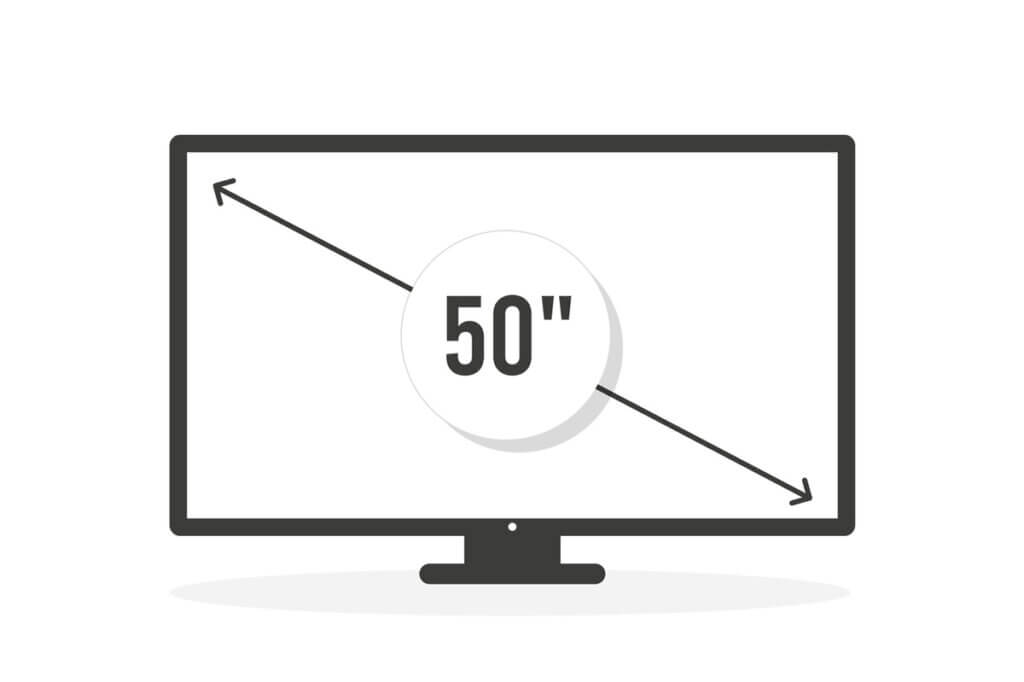
Colour saturation
If the colours are too bright and hardly any gradations of a colour tone are discernible, the colour saturation should be set lower.
The colour temperature
If the setting is too warm, all colours show a distinct red cast and the protagonists in films and news programmes have a garish orange skin tone. If the setting is too cold, the picture has a blue cast, which can cause sensitive people to have problems falling asleep or sleeping through the night. Sensitive TV users should therefore choose a colour temperature that is one to two levels warmer, especially in the evening.
Blue light
Some researchers warn that a high proportion of blue light can lead to problems falling asleep in some people. Studies at Harvard Medical School and other institutions showed that high intensity blue light in the body can inhibit the release of the sleep hormone melatonin.
The sharpness
For many buyers, the picture on a new 50-inch TV needs to be as sharp as possible. However, it is advisable not to set the sharpness to the highest level and better to regulate it slightly downwards. This tip often causes incomprehension, but it is quite sensible for better picture quality. If the sharpness is set too high or even to the maximum level, the picture will definitely be clearer. However, this clarity is associated with optical loss of detail. The image appears very hard; sometimes a slight veil around people or objects is also visible. This halo effect is particularly unpleasant in high-contrast images. A lower sharpness setting results in a more detailed and therefore better image.
Contrast and brightness
If a film scene takes place in darkness and hardly any details are discernible or bright scenes appear unpleasantly radiant, contrast and brightness should be adjusted. At optimal settings, clear differences between the greyscales are visible. First adjust the brightness and only then the contrast so that an optimal fine adjustment can be made.
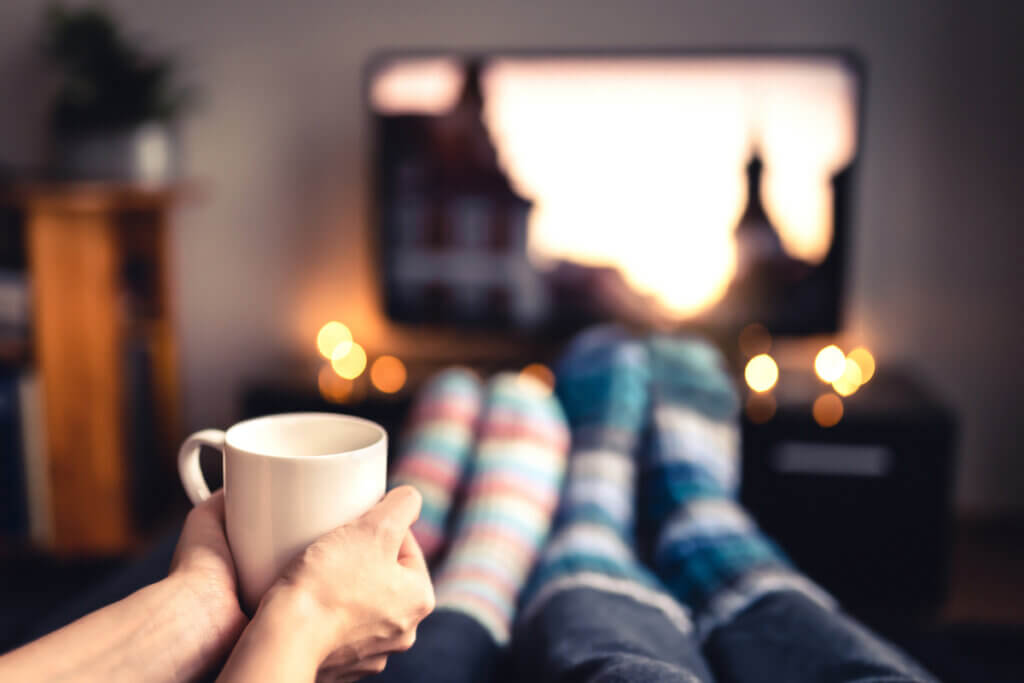
Sound quality
Because of the flat design, the sound quality of many 50-inch TVs is only mediocre. Some sets offer adjustment options such as the “Clear Voice” function, which is intended to ensure better intelligibility in dialogue. However, these settings cannot significantly improve the general sound quality. For a significantly better sound, the inclusion of an external sound bar makes sense.
For the optimal setting of the various picture parameters, it makes sense to use test pictures with high resolution. Various providers offer these test pictures for download free of charge on the Internet. After configuration by means of a static picture, the settings should be checked with moving pictures and optimised if necessary.
TV with a clean picture: cleaning and care
Dust, streaks, fingerprints and other dirt can significantly limit the enjoyment of television. However, proper cleaning not only contributes to an unclouded TV experience, but also has a positive effect on the lifespan of the 50-inch TV. If the TV set is not cleaned regularly, dust and dirt can damage the inner workings of the TV in the long run.
Before cleaning: switch off the 50-inch TV.
Before cleaning, it is always advisable to switch off the TV and unplug it from the mains for safety’s sake. If the set has been in operation, users should also allow a waiting period of about one hour for the TV set to cool down.
Dry cleaning: duster and co.
Once or twice a week, users should remove dust with a conventional microfibre cloth; alternatively, use a feather duster. In hard-to-reach places such as joints, corners and connections, a soft brush is helpful. The use of compressed air spray is also often recommended. However, this can cause the dust to be blown into the inside of the TV.
Use anti-static spray and avoid dust
Modern televisions seem to have an almost magical attraction that dust in particular cannot escape. However, this is by no means a subjective feeling: dust is actually attracted because of the electrostatic charge. An anti-static spray counteracts this effect somewhat. Users spray it onto a microfibre cloth and then wipe it lightly over the surfaces. This dissipates the static electricity and prevents rapid recharging, so less dust remains. When choosing a spray, however, it is important that the respective manufacturer explicitly recommends it for TV sets.
Removing stains with cleaning cloths
A small stain on the display can be removed quickly and easily with a cleaning cloth. Alternatively, the use of special display cleaning cloths is also recommended. However, a slightly damp microfibre cloth is usually sufficient.
Water and cleaning agents
Agents such as vinegar and citric acid as well as cleaning agents containing ethanol and petrol are unsuitable for cleaning because they can damage the television. As a rule, cleaning agents specially designed for televisions are not necessary. A slightly damp microfibre cloth for cleaning and a dry microfibre cloth for drying afterwards are usually sufficient. If you still want to use a display cleaner, you should always spray the product on the cloth and never directly on the TV, as it can get into the TV through cracks and ventilation slots. In principle, moisture should only be used very sparingly and carefully when cleaning the 50-inch TV.
Cleaning the remote control
Once the 50-inch TV is shining again, the only thing left to do is to clean the remote control. Here, we recommend using conventional cleaning cloths or a slightly damp microfibre cloth. Sharp cleaning agents are also taboo here.
Tests of 50-inch TVs
Please note: As we were unable to test the products ourselves, this is a comparison of 50-inch TVs.
Every time Stiftung Warentest publishes a new test, there is great interest among consumers and the press. A good test mark is an important decision criterion for many prospective buyers in their search for a suitable product. Manufacturers are also aware of this point, which is why they explicitly mention a positive test rating in their advertising. Currently, the Stiftung Warentest database contains the test results of 412 tested TV sets in various sizes; 183 models are still available.
Continuous updating of test results
In the category of TV sets, the testers of Stiftung Warentest regularly test different sets and then enter the test results into the existing database. Here, interested consumers can set different test criteria and thus individually narrow down their search for the right television. In 2019, only two new models were tested in the test category of 50-inch TVs and included in the test database: the Panasonic TX-50GXW804 and the Samsung UE50RU7409.
The Panasonic model was particularly convincing in the areas of picture quality with a test score of 2.2, i.e. the test rating “Good”, versatility with a test score of 1.5, i.e. “Very Good”, and environmental characteristics with a test score of 1.7, i.e. “Good”. In the overall evaluation, the 50-inch TV received a test mark of 2.2 (Good). The 50-inch Samsung TV did somewhat better in the Stiftung Warentest test; it received an overall rating of 2.1 (Good). In addition to the good picture and sound quality, the easy handling and the environmental characteristics were particularly praised.

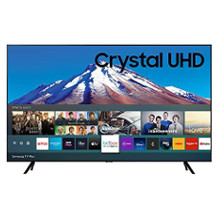
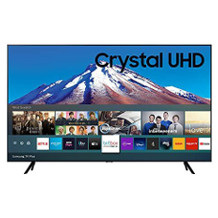

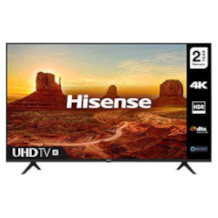
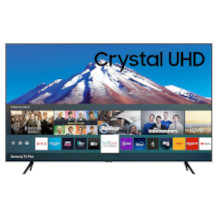
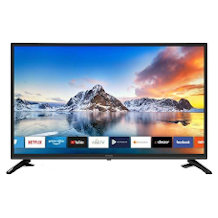
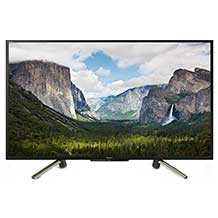


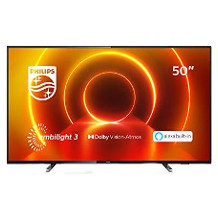
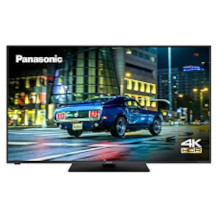
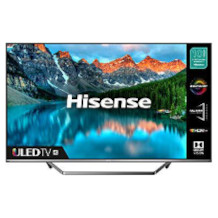
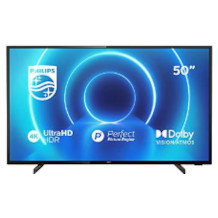
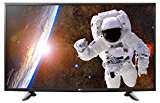

 1,486 reviews
1,486 reviews
